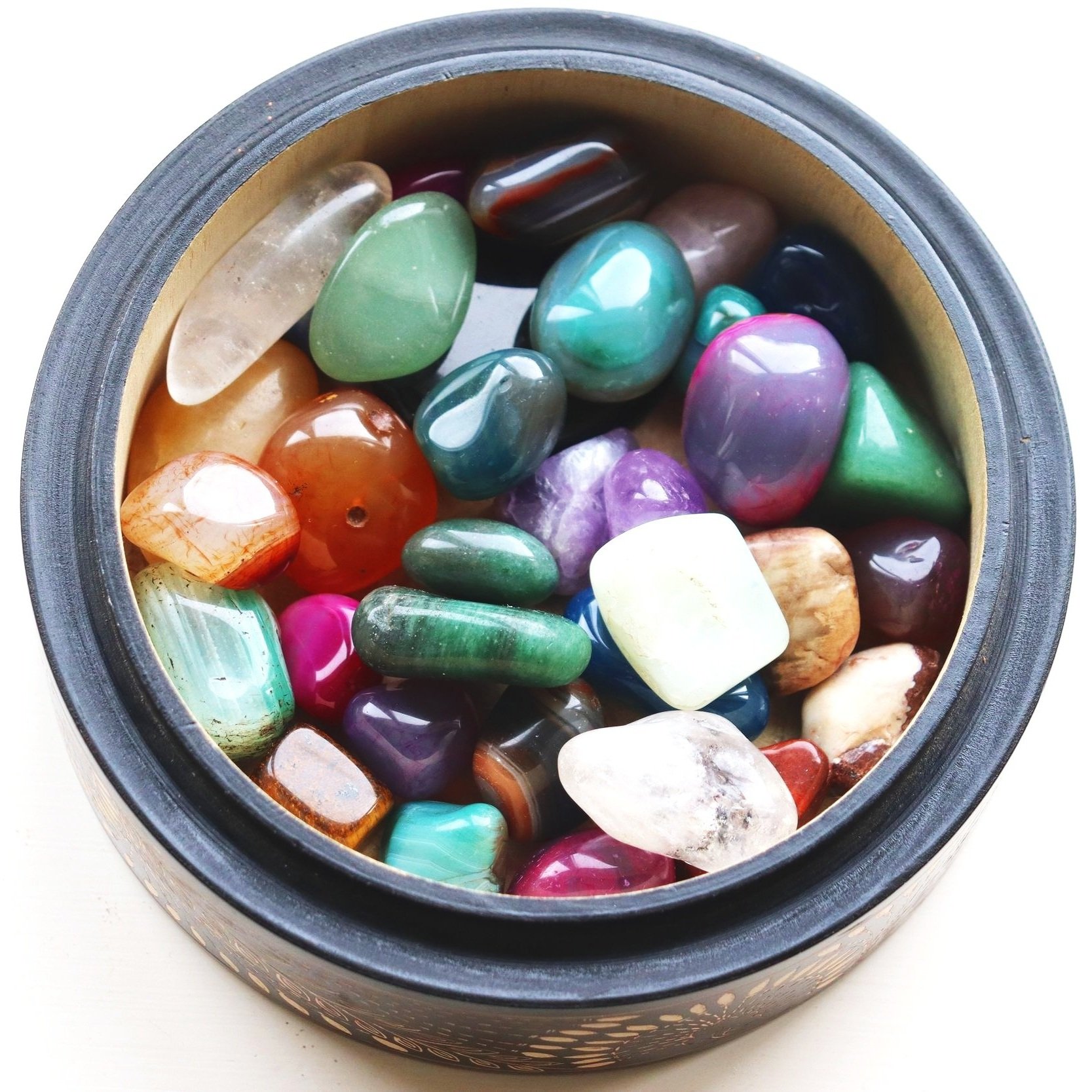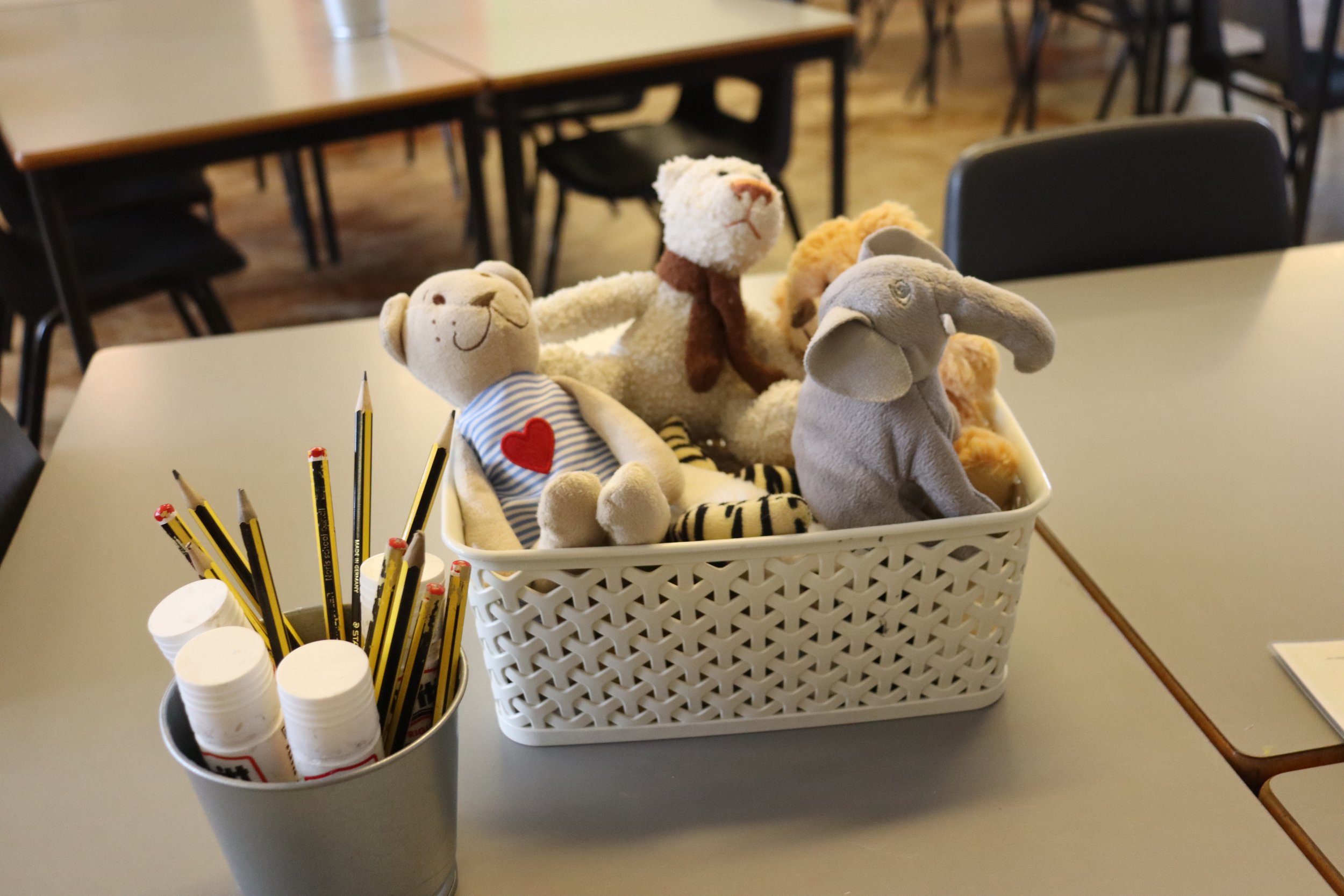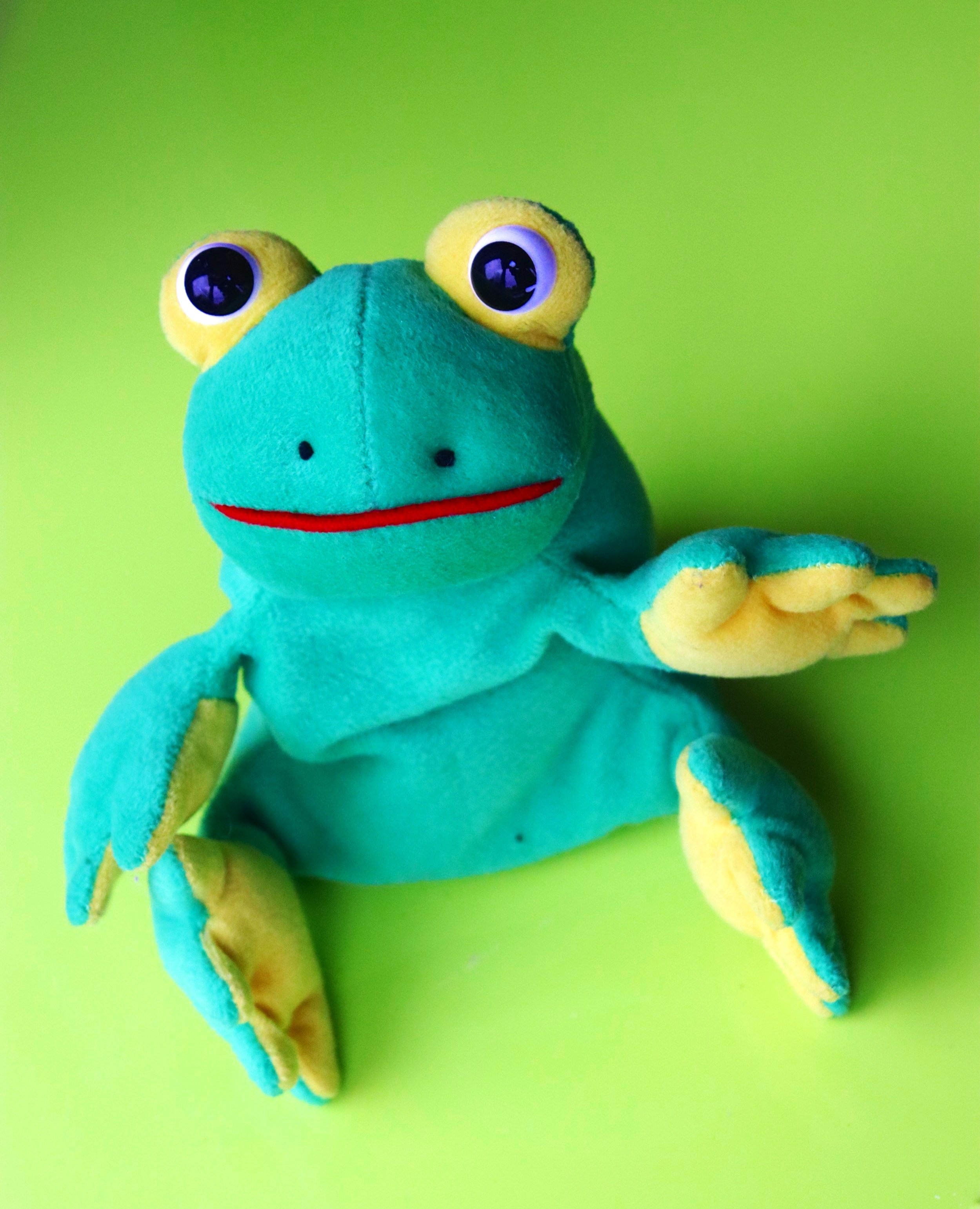I often recommend giving out talking objects for talk partner tasks. The child holding the object (toy, cube, stone etc.) knows its their turn to speak. But sometimes this feels time-consuming to set up. Is it worth it?
A colleague was reflecting on the impact of trying some talk techniques. She’d observed a six-year-old who was initially reluctant to start a pair activity with her partner. But then we’d introduced a talking stone. My colleague noticed that, “As soon as she had the stone she started talking!”
This is a typical experience. The talking objects help less confident pupils to speak up, as well as helping those who sometimes dominate to listen and wait for their turn.

Talking stones
Impact on learning
Yes, it can be one extra thing to do – to get out the talking toys – but ultimately you’re saving time, because the quality of the talk is so much better. And, if we want talk to impact on learning it needs to be productive.
And yes, it’s true that children might be tempted to fiddle with the objects at first, but, as with any resource, we can get beyond this through training and high expectations. (They could fiddle with pens, but we still use them!)
So, how about gathering some suitable talking objects, and using them for your next pair talk task.
Why giving out ‘talking objects’ is worth the hassle
Strategies to help as many pupils as possible access philosophical enquiry
Simple-yet-effective techniques to get three year olds talking and keep them focused.
Talking Toys enables children to immediately organise their turn-taking.










